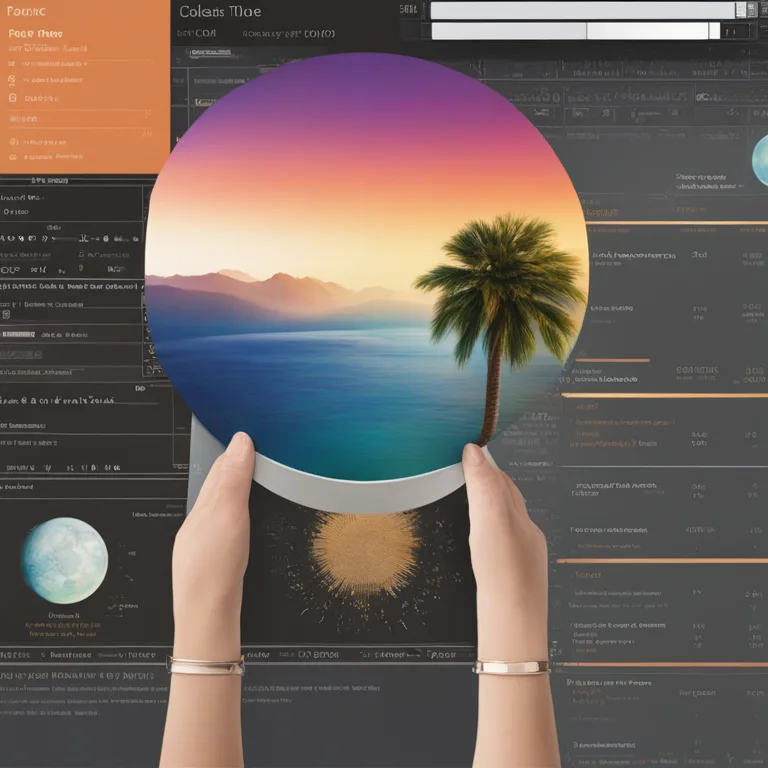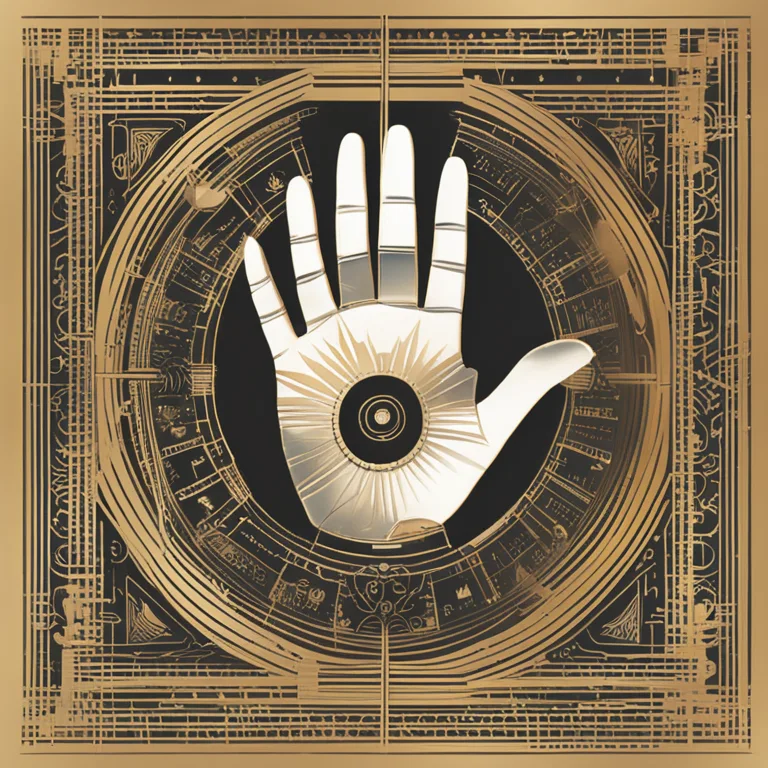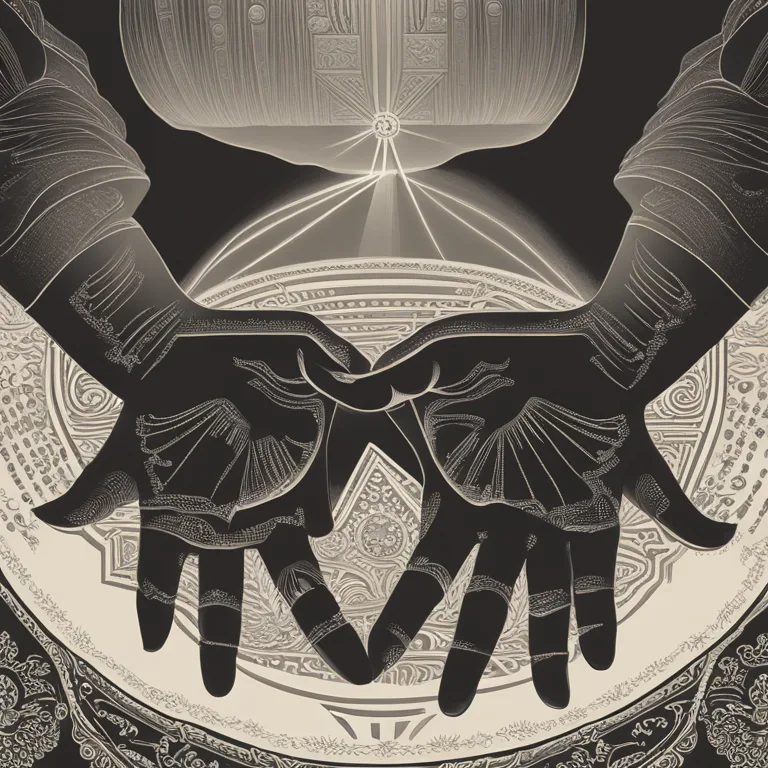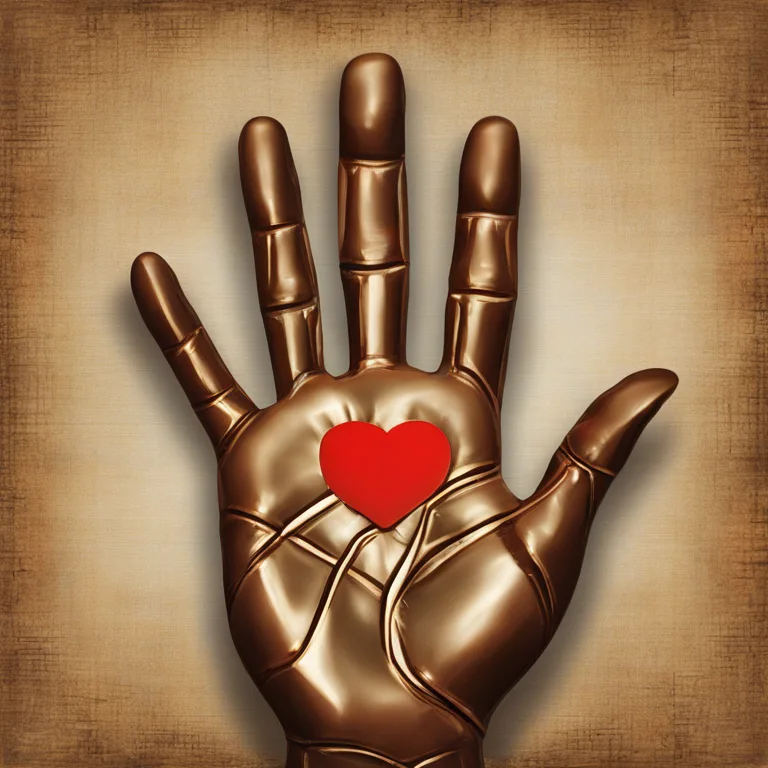
The Art of Palmistry: A Short Guide To Hand Reading
Delve into the mystique of palmistry with this concise guide. Discover the basics of hand reading and its significance in divination practices.
article by Nora Pennington
Introduction to Palmistry
Long regarded as a window to the soul, palmistry is a practice steeped in ancient wisdom. This form of divination, also known as chiromancy, suggests that by examining the lines and features of the hand, one can glean insights into personality traits, life choices, and potential futures. Although its origins are murky, with roots claimed by Indian, Chinese, and Egyptian cultures, palmistry's presence in modern-day predictions remains significant, reflecting both mystical allure and intriguing psychological elements.

Lines of Significance
The human palm is primarily marked by three lines perceived as life's vital guides—the heart line, head line, and life line. The heart line, arching above the fingers, symbolizes emotional wellbeing and love languages. The head line, traversing horizontally below it, represents communication style and intellectual leanings. Finally, the life line, encircling the thumb base, conveys vitality and significant life changes. Each line's depth, length, and curvature are thought to hold unique significance in interpreting an individual's experiences and disposition.

Mounts and Their Meanings
Palmistry also scrutinizes the mounts, or raised pads, of the palm. Named after celestial bodies like Venus, Mars, and Jupiter, these mounts highlight different facets of one's character. The Venus mount, under the thumb, relates to love and sensuality, while the Jupiter mount, beneath the index finger, signifies ambition and leadership. As of 2024, the fusion of astrological associations with palmistry continues, offering a more comprehensive insight into an individual's nature and inclinations.

Fingers and Their Fates
The size, shape, and flexibility of a person's fingers add yet another layer of depth to a palmist's reading. Long fingers may denote a detail-oriented and conscientious nature, while short fingers can suggest immediacy and practical instincts. The thumb itself bears importance too, with its angle and size revealing volitional power and control. The idiosyncrasies of each digit, from the ambitious Jupiter finger (index) to the expressive Apollo finger (ring), contribute to a rich tapestry of personal revelations.

Palmistry in Modern Times
Palmistry today merges ancient traditions with contemporary psychological approaches. In the digital age, online palm readings have gained traction, with apps capable of analyzing hand images using sophisticated algorithms. Although dismissed by skeptics, palmistry's enduring popularity suggests a collective yearning to understand our lives better and find a sense of purpose. It piques the curiosity of those searching for answers beyond the empirical, inviting a dance with destiny's possibilities.
Conclusion: Reading Between the Lines
While palmistry may not be an exact science, it is a tool for self-discovery and introspection. By offering several interpretations of our palms’ enigmatic markings, palmists prompt us to reflect on our choices and consider our emotional and psychological landscapes. Whether one views it as entertainment or enlightening, the art of palmistry provides a unique lens through which to view the myriad aspects of human life and personality.
Published: 1/3/2024
Modified: 1/3/2024
More predictions
Come back here soon to learn more about yourself and your future


Palmistry Clues to Predicting Parenthood
Delve into the palmistry lines associated with predicting childbirth and learn what your hands may reveal about future family life.


The Origins of Palmistry: An Ancient Practice
Delve into the fascinating beginnings of palmistry—the ancient art of hand reading for insights into character and destiny.


Accuracy in Divination: Palmistry vs. Astrology
Explore the relative accuracy of palmistry and astrology in predicting the future and revealing personal traits in this insightful comparison article.